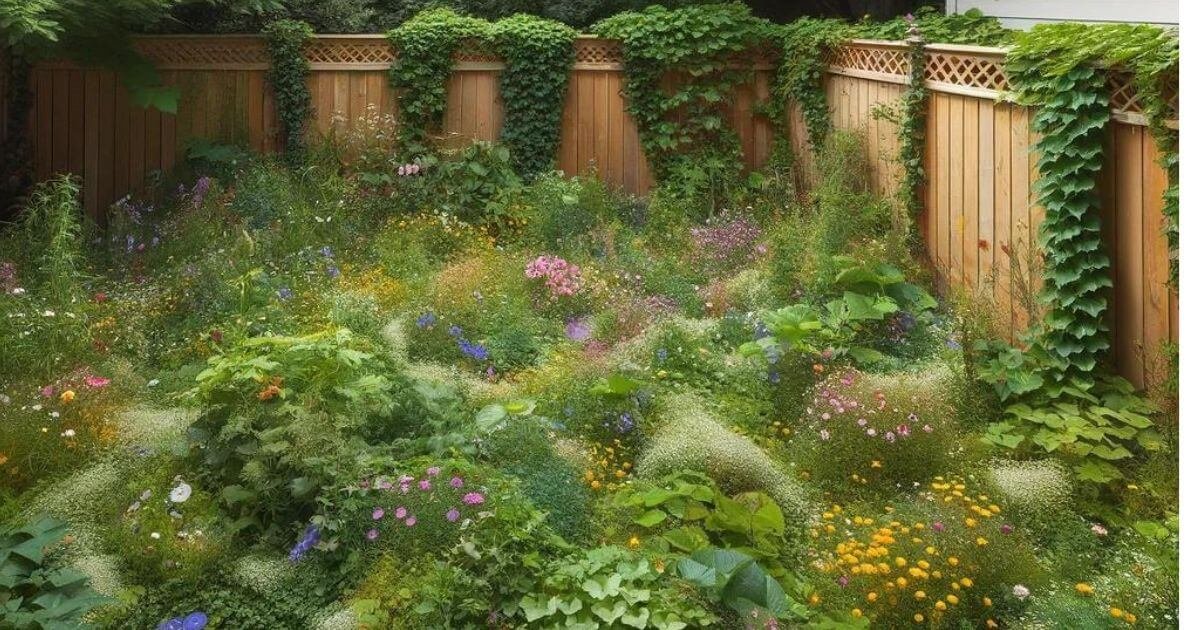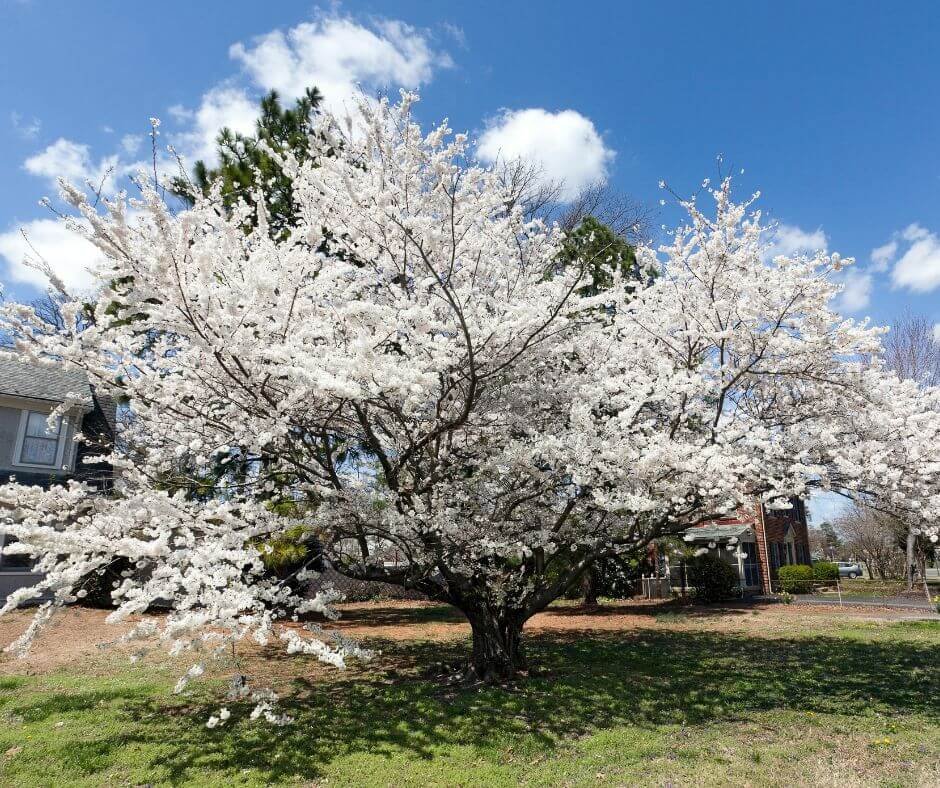Gardener's Beware: Plants You'll Regret Inviting into Your Garden
Invasive plants
Gardening can be a relaxing and rewarding experience, but it's not without its challenges.
One of the biggest frustrations for gardeners is dealing with invasive or aggressive plants that take over their gardens.
These unwanted guests can quickly ruin the aesthetic and balance of a garden, causing stress and disappointment for those who put time and effort into maintaining it.
In this guide, we will discuss some of the most common plants that gardeners end up regretting and how to avoid them, so you can enjoy a peaceful and thriving garden.
The items listed are accompanied by affiliate links, meaning I earn a small commission if a purchase is made through my links. This has no impact on the cost to the consumer. I link to products this way whenever possible, and it has no bearing on the products I choose to review or recommend.
Table of Contents Hide
Plants to Watch Out For
Here is a list of various plants that you just might want to steer clear of and why.
1. English Ivy
English Ivy may seem like a charming and classic addition to a garden, but it can quickly become out of control.
This evergreen vine is incredibly invasive and can smother other plants and trees in its path, depriving them of sunlight and nutrients.
It also has destructive root systems that can damage structures and hardscapes, making it a gardener's worst nightmare.
2. Bamboo
Bamboo is often praised for its fast growth and exotic appeal, but it can become a major headache for gardeners.
This plant spreads rapidly through underground rhizomes, making it difficult to contain.
It can quickly take over large areas of a garden and is notoriously challenging to remove once established.
3. Wisteria
Wisteria is a visually stunning plant that produces beautiful cascading flowers in shades of purple, white, and pink. However, this vine is extremely vigorous and can quickly become unmanageable in a garden.
It requires regular pruning to keep it under control, and even then it's still known to take over structures and trees with its twining growth habit.
I've witnessed Wisteria vines even creeping up houses. It's crucial to prevent vines from growing on your house and causing damage to the siding.
Additionally, wisteria can be difficult to keep healthy and bloom consistently, making it a frustrating choice for many gardeners.
4. Burning Bush
Burning bush is a popular ornamental shrub known for its brilliant red fall foliage. However, this plant is considered invasive in many parts of North America and has been banned from sale in some states.
It spreads quickly through seeds and suckers, displacing native plants and altering the natural ecosystem.
Despite its aesthetic appeal, it's best to avoid planting burning bush in your garden.
5. Japanese Barberry
Japanese Barberry may look pretty with its red violet leaves but it can cause problems.
This invasive shrub is thick and prickly, making it a great hiding spot for mice. And where there are mice, there are usually more ticks. With the rise in the risk of Lyme Disease, many gardeners are avoiding this plant altogether.
So while it may look nice, it's something to watch out for in your garden.
6. Tansy
Tansy is a herbaceous perennial that boasts vibrant yellow, button-like flowers and deeply divided, fern-like leaves. While it's often praised for its ornamental appeal and historical medicinal uses, tansy can be a double-edged sword in the garden.
This plant has a tendency to spread aggressively, both through rhizomes and self-seeding, quickly taking over large areas and outcompeting native vegetation.
Additionally, tansy contains toxic compounds that can be harmful to livestock and pets if ingested.
Due to its invasive nature and potential toxicity, gardeners should exercise caution when considering tansy for their landscapes, and it may be best suited for controlled environments like raised beds or containers.
7. Lily-of-the-Valley
One can hardly resist the allure of Lily-of-the-Valley's delicate blossoms and sweet fragrance. But give it an inch, and it'll take over your flower beds and beyond, thanks to its rampant rhizome growth that's as vigorous as it is stubborn.
It is widely deemed invasive across various regions of the United States, posing a threat to native plant species by overpowering them.
This plant is also highly toxic, so it's best to avoid planting it in areas frequented by children and pets.
8. Yellow Alyssum
The triumphant golden bouquets of Yellow Alyssum certainly know how to brighten up a garden in spring. However, their enthusiasm for self-seeding can result in a ground-hugging gold rush, spreading more than you bargained for.
It's important to keep an eye on this plant and control its growth, as it can quickly dominate other plants and become a nuisance in the garden. Not only that but Yellow Alyssum is infamous for its unpleasant odor.
9. Creeping Jenny
Creeping Jenny, also known as Moneywort, is a popular choice for ground cover due to its bright yellow-green leaves and small yellow flowers. However, this plant's aggressive spreading nature can quickly become overwhelming in a garden, smothering other plants and taking over flower beds.
It's best to keep this plant contained in pots or designated areas to avoid it from becoming a nuisance.
10. Goutweed
Also known as bishop's weed, goutweed is a ground cover that spreads aggressively. Its variegated leaves may look attractive, but it can quickly become a garden pest, smothering other plants.
It's almost impossible to eradicate once established, so it's best to avoid planting goutweed altogether.
11. Bradford Pear
The Bradford Pear tree, while not invasive in the classical sense, has made it onto this list due to its branching issues, foul-smelling flowers, and less-than-rosy reputation among arborists.
It's an example of how a beautiful bloom can cause unforeseen problems that may cast a shadow over your gardening aspirations.
12. Morning Glory
Morning Glories are a dream when they climb up trellises, but they can quickly become a nightmare when they self-seed with abandon.
Consistent deadheading or growing sterile varieties may allow you to have your morning glory fix without losing control.
13. Butterfly Bush
The Butterfly Bush attracts insects with its nectar-rich spikes but raises concerns in garden planning due to its invasive nature.
When it comes to this flowering shrub, local consultation is key, as it's a problem in some regions while harmless in others.
14. Bugleweed
Ajuga, commonly known as bugleweed, is a popular ground cover choice due to its low maintenance and attractive foliage. However, it spreads quickly through underground runners and can become invasive if not monitored.
It's best suited for areas where you want quick coverage and don't mind frequent division or removal to keep it under control.
Gardening requires balance. While vibrant plants enrich the soil, there's always a chance for troublemakers. A successful garden depends on choosing plants wisely and understanding their needs. Research and local advice can help maintain a garden that reflects your care, rather than a battleground of failed attempts.
PIN it for Later!




























